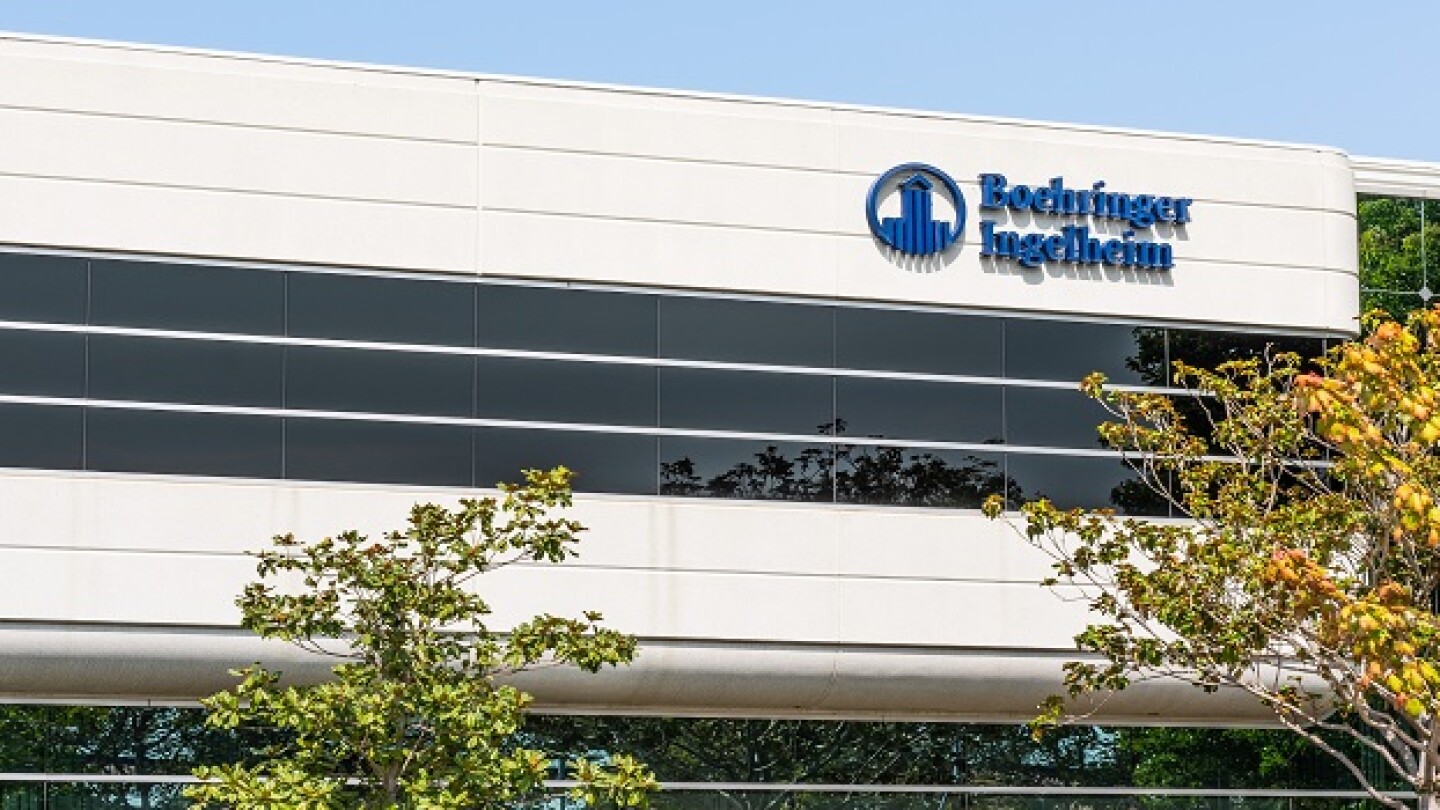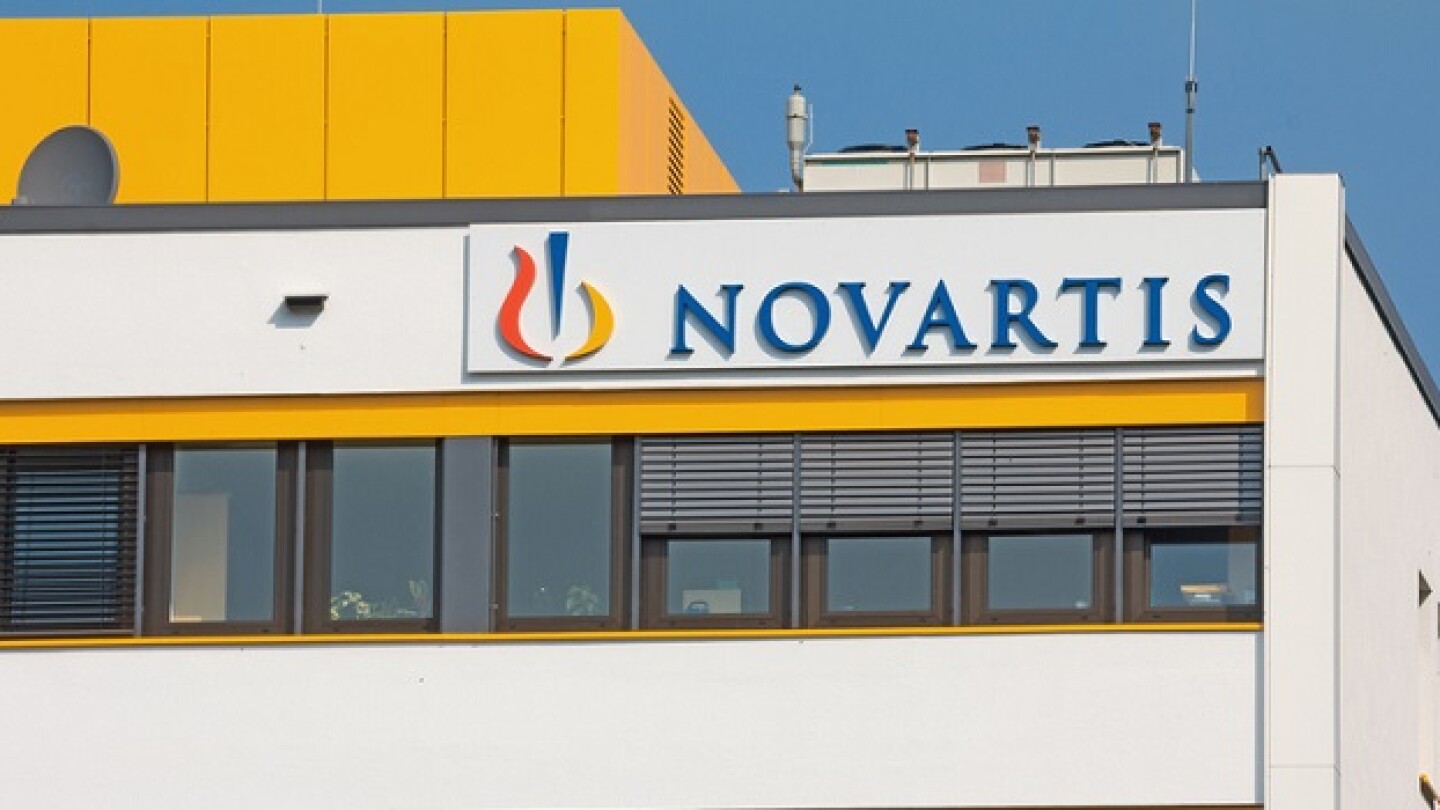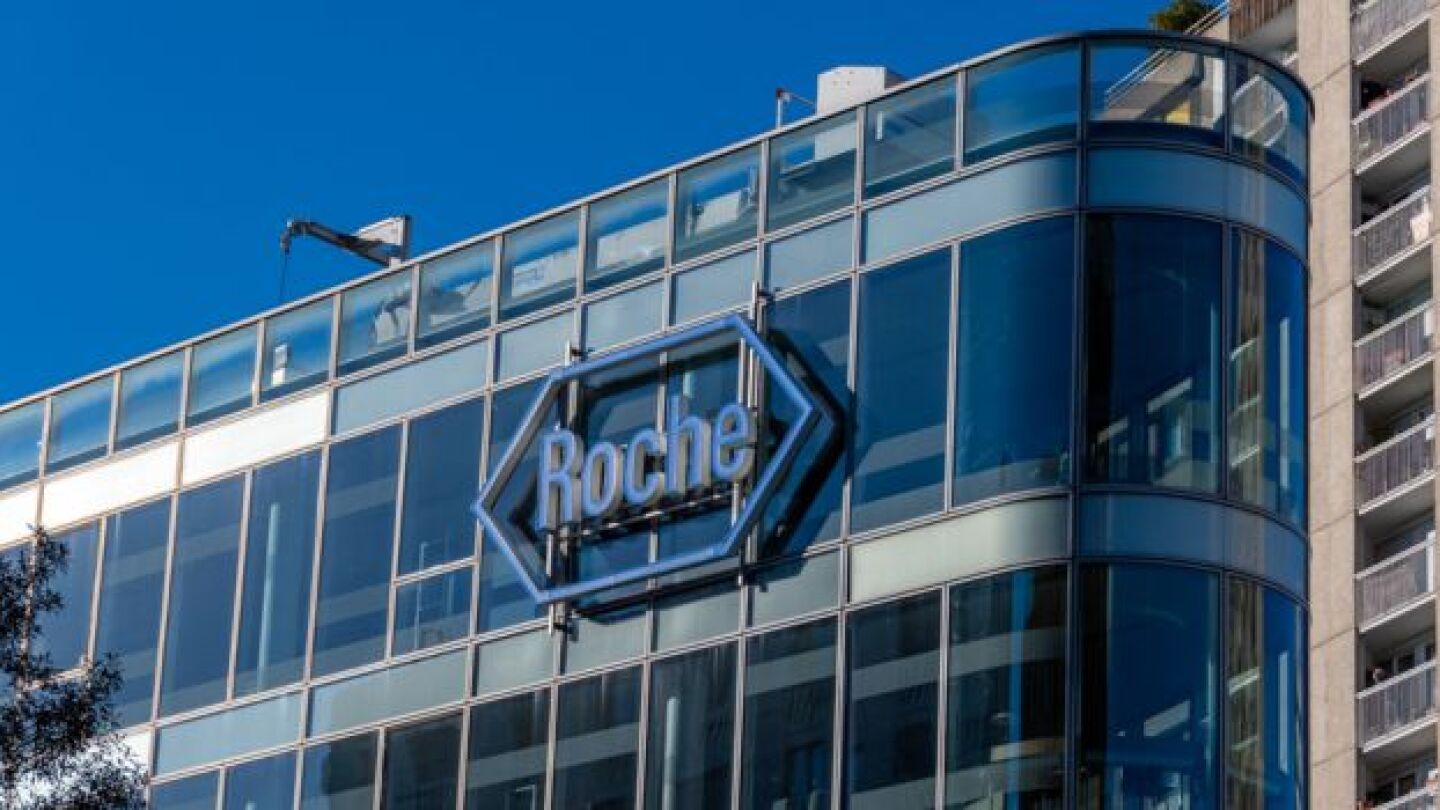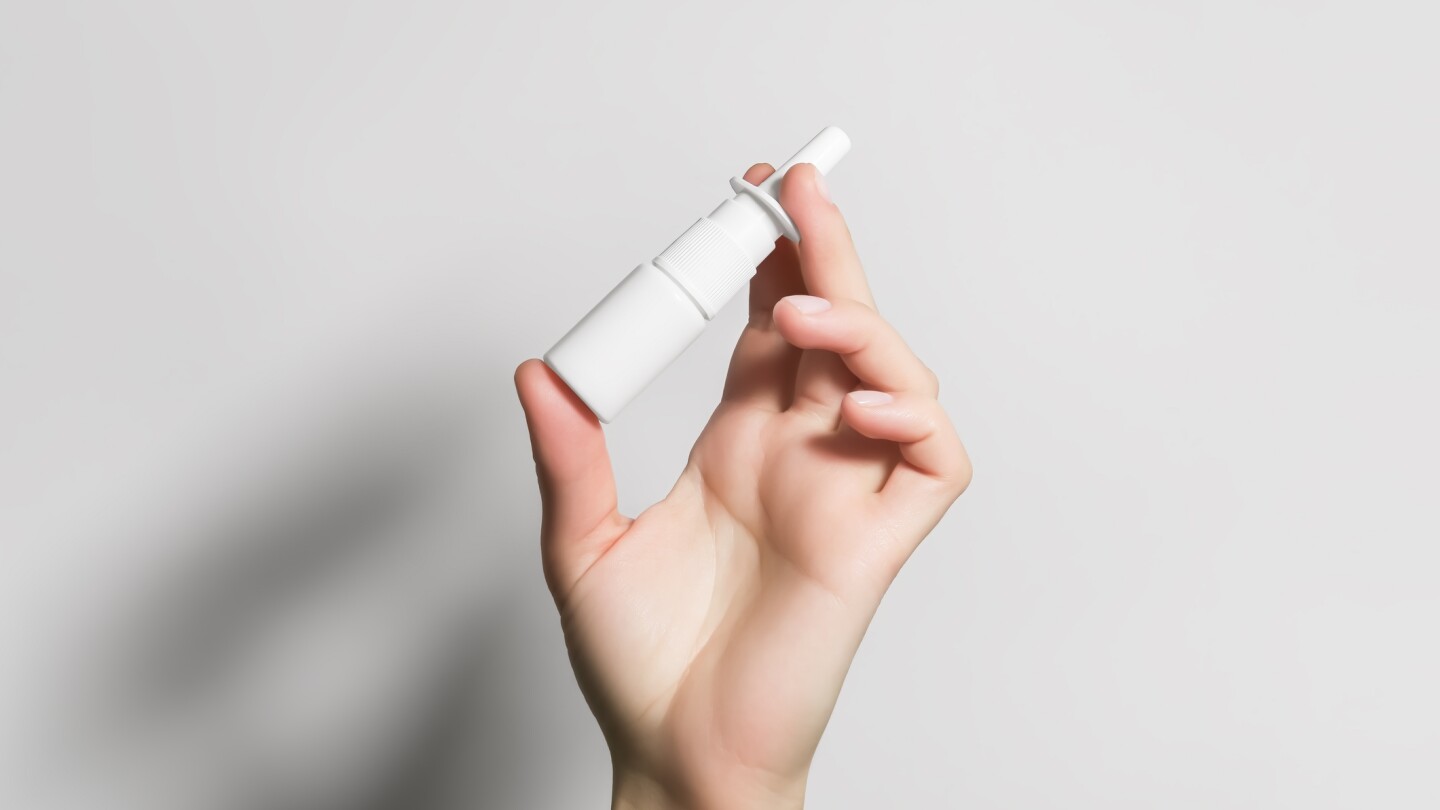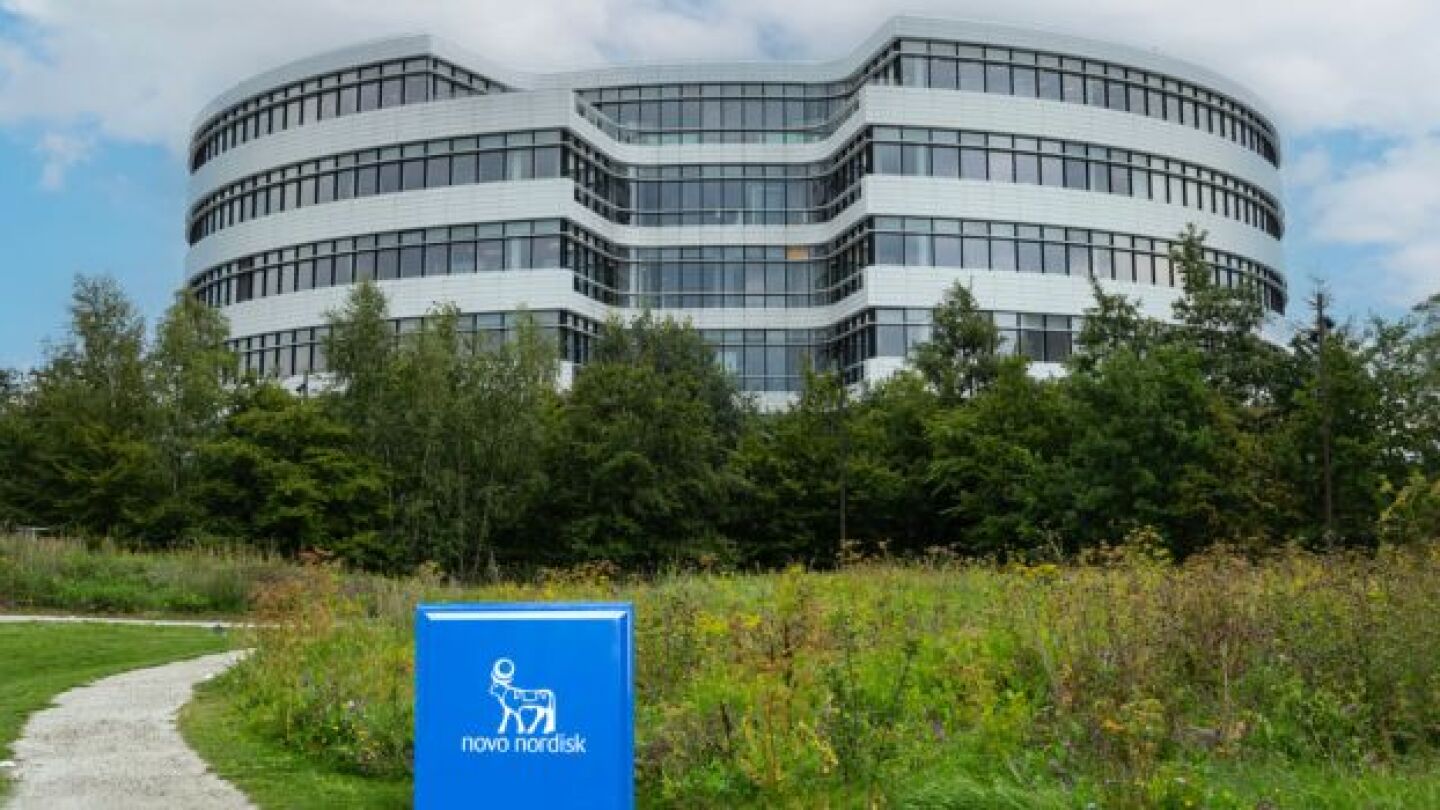Europe
While type 2 diabetes and obesity are the primary conditions currently treated with blockbuster GLP-1 drugs, Novo Nordisk and Eli Lilly aim to enter additional markets.
In a bid to take advantage of Humira’s slow loss of market share, Boehringer Ingelheim is offering its biosimilar at a 92% discount exclusively to patients who buy the product on GoodRx.
Novartis’ second-quarter earnings, announced Thursday, show strong performance of its blockbuster drugs, prompting the company to raise its year-end guidance.
Roche’s oral GLP-1 receptor agonist CT-996—obtained in the $2.7 billion acquisition of Carmot Therapeutics—reduced body weight by more than 6% at four weeks versus placebo in a Phase I trial.
AstraZeneca joins Johnson & Johnson and Bristol Myers Squibb in appealing a previous legal loss for its challenge to the government’s drug price-setting program.
Citing the need for another human factor study and more technical data for the final product, the FDA denied approval of Orexo’s nasal spray rescue medication for opioid overdose.
Asceneuron, which develops small molecules targeting tau protein aggregation, plans to use the funds to advance its Alzheimer’s disease asset into Phase II.
Some analysts say so, and a recent study suggested Lilly’s tirzepatide beat Novo’s semaglutide at inducing weight loss, but there are other factors in the market race.
In its second antibody-drug conjugate licensing agreement this year, Ipsen has secured exclusive rights to Foreseen Biotechnology’s FS001, which targets a novel antigen expressed across a range of solid tumors.
As Novo Nordisk’s weight loss drug enters the Chinese market, its patent is expiring in two years and biosimilar competition is rising.
PRESS RELEASES


